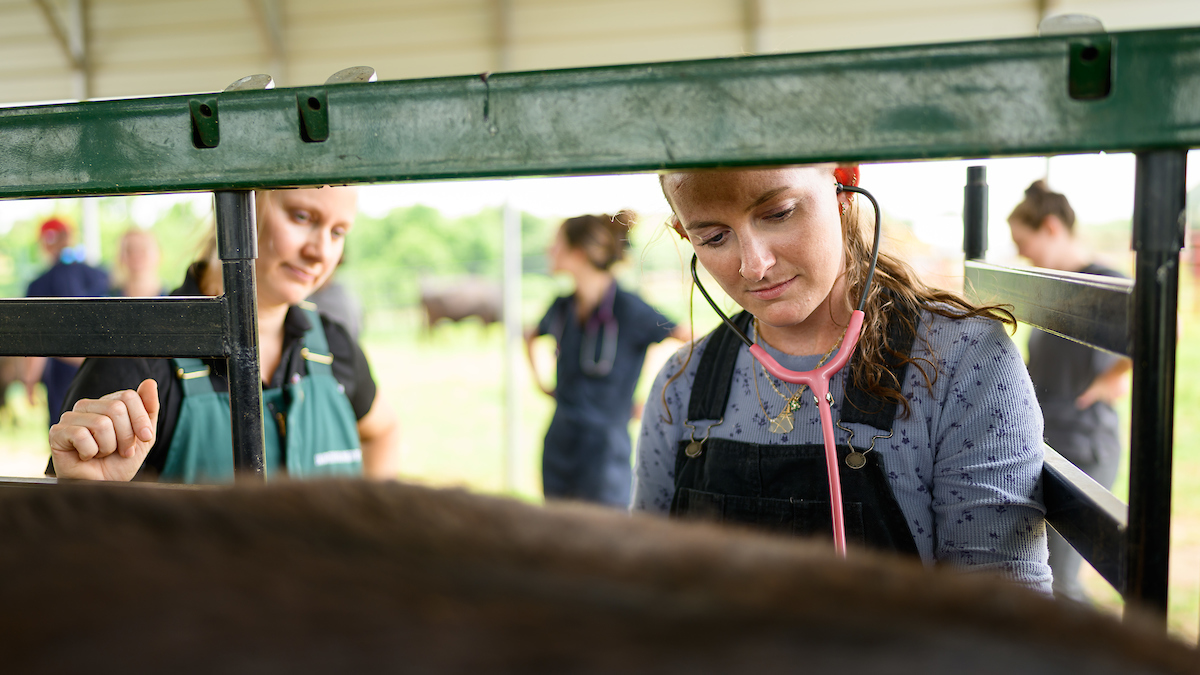Morris Animal Foundation Supports CVM Stem Cell Research
The following is reprinted, in part, from an article by Kelley Weir from the current issue of Animal News, a publication of the Morris Animal Foundation.
Stem cell research has blown the door of science wide open for new therapies to address diseases that animals face. Currently, adult stem cells are being investigated as treatments for a variety of conditions that affect dogs, including cancer and spinal cord injuries. Adult stem cells—also called somatic stem cells—can be derived from the dog’s own fat tissue and marrow.
“Adult stem cells are highly applicable to many diseases, and their significance lies in how they can somehow find a site of injury in need of repair, create an environment that is conducive to repair or even become cells that are incorporated in the repair itself,” says Dr. Jorge Piedrahita, a leading stem cell researcher at North Carolina State University’s College of Veterinary Medicine.
Additional research is needed to determine the full potential of stem cell treatments and one such project funded by the Morris Animal Foundation involves a NC State CVM investigation into spinal cord injuries, a common problem in dogs. About 20 percent of these injured dogs suffer from incontinence and lose all motor and sensory function to the hind legs. For most, the damage is permanent.
The CVM study is evaluating adult stem cells taken from fatty tissue in a patient’s shoulder or abdomen. These cells have the powerful ability to reduce inflammation and differentiate into diverse specialized cell types. Dr. Natasha Olby, CVM professor of neurology, hopes these cells can help treat dogs that suffer from severe spinal injuries.
Numerous studies have shown that transplantation of a variety of stem cell types into an injured spinal cord is safe and effective. Cells can be successfully transplanted into the canine spinal cord via a needle instead of “open” surgery, which was used in the past. This approach is much less invasive, but more research is needed to establish this type of stem cell therapy as traditional practice in veterinary offices.
“With the recent explosion of stem cell therapy, poorly controlled studies are resulting in contradictory results, making it unclear whether transplantation is effective,” Dr. Olby says.
She also points out that there is a lack of scientific support for different therapies that are requested by owners and a need for more careful assessment of the value of stem cells taken from the patient. Controlled studies, like the one Dr. Olby is conducting, will help determine the effectiveness of this technique.
For more on Dr. Olby’s clinical trial.
Updated Nov. 14, 2011


